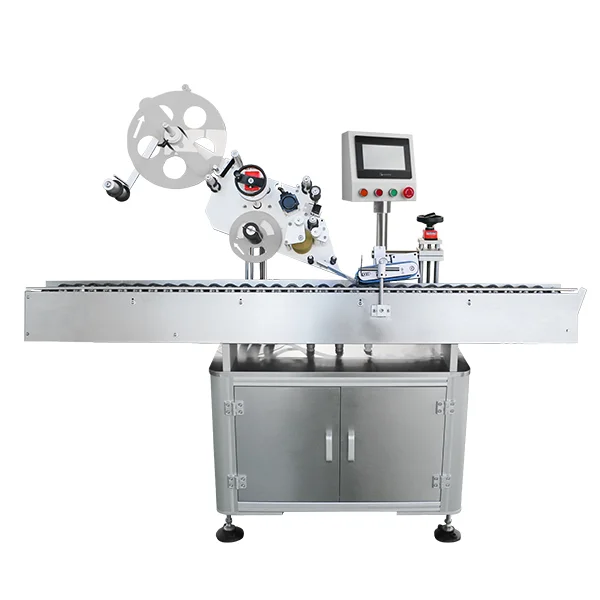In an era where environmental concerns are at the forefront of global discourse, the quest for sustainability has become a personal and collective responsibility. Many individuals and businesses are asking, How can I be 100% eco-friendly? This question is not merely about adopting a few green habits; it requires a holistic approach that encompasses lifestyle changes, consumer choices, and systemic shifts. In this article, we will explore actionable strategies, innovative practices, and the mindset necessary to achieve true eco-friendliness.
Understanding Eco-Friendliness
Before diving into practical steps, it’s essential to define what being 100% eco-friendly means. It involves minimizing your ecological footprint to the greatest extent possible, which includes reducing waste, conserving resources, and supporting sustainable practices. This commitment extends beyond personal choices to influence broader societal changes.
- Assessing Your Current Impact
The first step towards becoming eco-friendly is to assess your current lifestyle and its environmental impact. Consider conducting a personal or household carbon footprint analysis. This assessment will help you identify areas where you can make significant improvements. Key factors to evaluate include:
- Energy Consumption: Analyze your energy bills and identify high-consumption appliances.
- Water Usage: Monitor your water consumption and look for leaks or excessive use.
- Waste Generation: Keep track of your waste output, including recycling and composting efforts.
- Embracing Sustainable Living Practices
Once you have a clear understanding of your impact, you can implement sustainable living practices. Here are several strategies to consider:
a. Energy Efficiency
Investing in energy-efficient appliances and utilizing renewable energy sources, such as solar panels, can drastically reduce your carbon footprint. Additionally, simple actions like switching to LED lighting and using smart thermostats can enhance energy efficiency in your home.
b. Water Conservation
Implementing water-saving fixtures, such as low-flow showerheads and dual-flush toilets, can significantly reduce water usage. Additionally, consider rainwater harvesting systems for irrigation and other non-potable uses.
c. Waste Reduction
Adopting a zero-waste lifestyle is a powerful way to minimize your environmental impact. Start by reducing single-use plastics, composting organic waste, and recycling responsibly. Consider the 5 R's of waste management: Refuse, Reduce, Reuse, Recycle, and Rot.
- Sustainable Transportation Choices
Transportation is a major contributor to greenhouse gas emissions. To be 100% eco-friendly, consider the following options:
- Public Transport: Utilize buses, trains, or subways to reduce reliance on personal vehicles.
- Biking and Walking: For shorter distances, opt for biking or walking, which not only reduces emissions but also promotes personal health.
- Electric Vehicles (EVs): If a car is necessary, consider investing in an electric or hybrid vehicle to reduce fossil fuel consumption.
- Mindful Consumption
Your purchasing decisions play a crucial role in your eco-friendliness. Here are some tips for mindful consumption:
a. Support Local and Sustainable Brands
Choose to buy from local businesses and brands that prioritize sustainable practices. This not only reduces the carbon footprint associated with transportation but also supports your local economy.
b. Choose Eco-Friendly Products
Look for products with minimal packaging, made from sustainable materials, and certified by recognized eco-labels. This includes everything from clothing to cleaning supplies.
c. Adopt a Plant-Based Diet
The food industry is a significant contributor to environmental degradation. Transitioning to a plant-based diet can reduce your carbon footprint, conserve water, and promote biodiversity. If a full transition isn’t feasible, consider adopting Meatless Mondays or reducing meat consumption gradually.
- Engaging in Community Initiatives
Being eco-friendly extends beyond individual actions. Engage with your community to promote sustainability:
- Volunteer for Local Cleanups: Participate in or organize community clean-up events to help reduce litter and promote environmental awareness.
- Advocate for Policy Changes: Support local and national policies that promote sustainability, such as renewable energy initiatives and waste reduction programs.
- Continuous Learning and Adaptation
The journey to becoming 100% eco-friendly is ongoing. Stay informed about new sustainable practices, technologies, and policies. Join online forums, attend workshops, and read books on sustainability to continuously evolve your understanding and practices.
Conclusion
Achieving 100% eco-friendliness is an ambitious goal that requires commitment, creativity, and collaboration. By assessing your impact, embracing sustainable practices, making mindful consumption choices, and engaging with your community, you can contribute to a healthier planet. Remember, every small action counts, and collectively, we can create a significant positive impact on our environment. Start today, and inspire others to join you on this vital journey towards sustainability.



More Stories
Key Technical Features and Performance Indicators of a Gypsum Mortar Production Equipment Weighing System
Building Facilities Construction
5 Creative Uses for Single Wire Hooks in Everyday Life